Drying Wet Soil – How To Fix Waterlogged Plant Soil
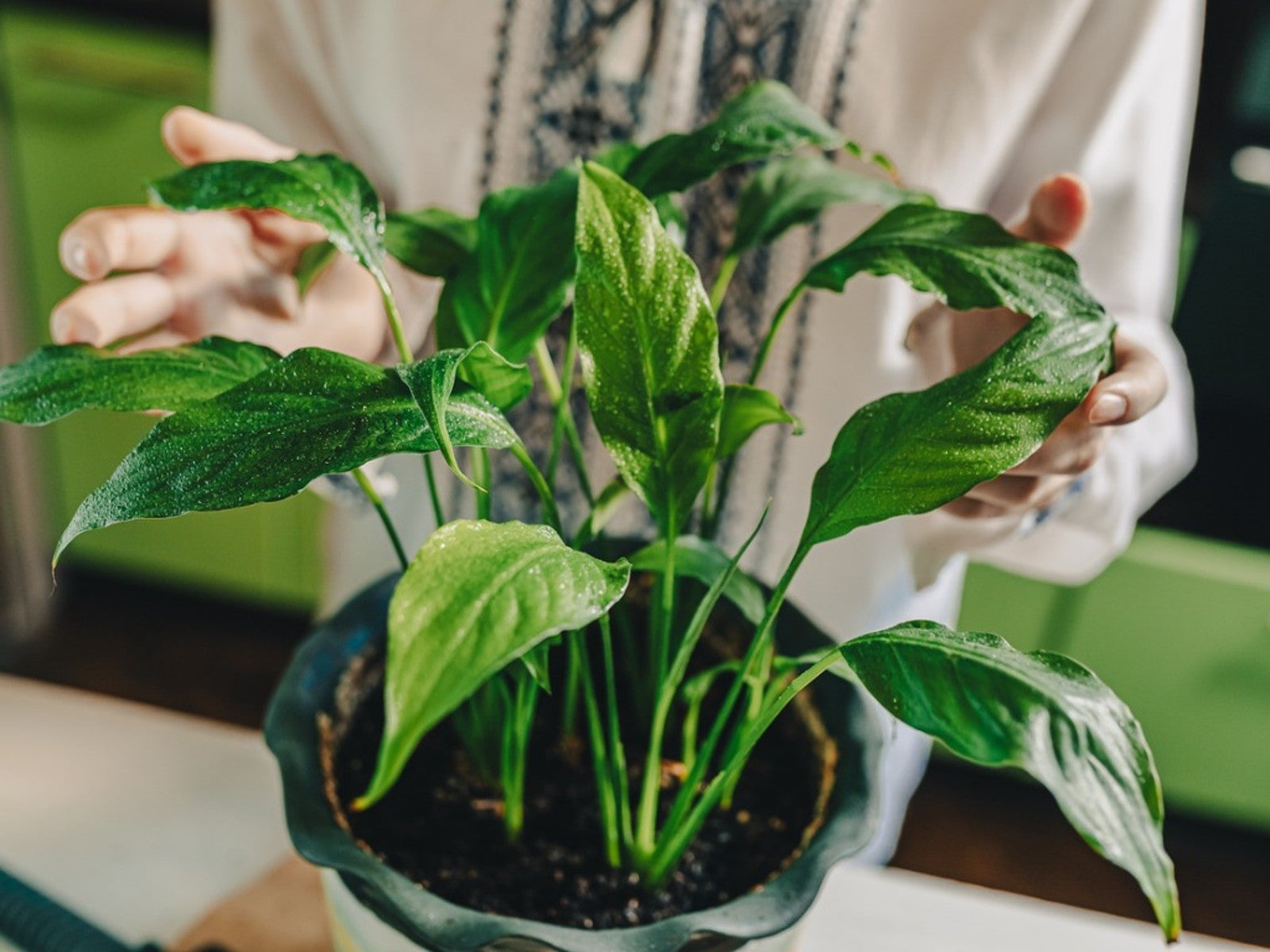
Watering your houseplants correctly is tricky. It is as easy to overwater plants as it is to underwater them. What does an overwatered plant look like? There are several signs of overwatered plants, but once you identify the problem the big question is what to do about it. Keep reading to learn what to do if you have a plant that is overwatered.
Signs of Overwatering Plants
There are several signs of an overwatered plant. However, some of these signs may be indicators of another problem. Also, sometimes your ailing plant will have multiple signs of overwatering. If you lift the plant and can see that the roots are brown or black and soft, they most likely have rotted. Healthy roots should be white in most cases.
Overwatering effectively drowns your plant. There is too much water around the roots and not enough oxygen uptake, which can lead to stressed roots followed by diseased roots. A stressed plant will always alert you when it’s getting too much water. Here’s what to look for:
Wilting
Wilting is one of those signs of overwatering that could just as easily indicate underwatering. An easy way to tell which is true is to stick your finger in the soil. Dry soil means the plant is under watered and damp, wet soil means overwatered.
Yellow Leaves
Yellowing foliage may be a sign of disease, but it can also mean the plant is overwatered, which is a common cause of root rot. A better indicator is if the plant has any of the other symptoms of an overwatered plant. If your plant is dropping new and old leaves simultaneously, there’s a good chance it’s being overwatered.
Browning Leaves
Browning foliage may indicate a plant is under watered or overwatered. This is another sign that, coupled with other symptoms of overwatering, can validate your suspicion.
Stunted Growth
A plant that is drawing in too much water will have stressed roots that are prone to disease. They also can’t effectively uptake water, air or nutrients, which can lead to further problems such as root rot.
Gardening tips, videos, info and more delivered right to your inbox!
Sign up for the Gardening Know How newsletter today and receive a free copy of our e-book "How to Grow Delicious Tomatoes".
Stunted growth is a good sign that the roots of your plant are not happy, possibly from overwatering. The roots of overwatered plants are prone to developing root rot such as Pythium, Phyopthera or Rhizoctonia. Infected plants will have a variety of symptoms but will often share roots that are brown, gray, or black and slimy, which are sure signs of overwatering.
Foul-Smelling Soil
Root rot is likely present if the plant’s soil has a sour or rotting smell.
Fungus Gnats
Most plants don’t like sitting in water, but fungal gnats sure do. Overwatered plants provide just the right conditions for fungus gnats to procreate. Their larvae feed on organic matter and often on rotting roots. They are attracted to the fungi growing in overly damp soils.
How to Prevent Waterlogged Plants
There are a number of ways to prevent overwatering your houseplants but the best way is to make sure the soil dries out at the surface before watering again. Pot soil dries from the top down, but even this isn’t a foolproof indicator a plant needs water. There are other factors at play such as the type of plant and its watering needs, plants that are root bound, lack of drainage and type of soil.
Provide Proper Drainage
All containers for plants should have sufficient drainage holes. If you install a plant in a container without drainage holes, water will pool and collect at the base of the container, resulting in soggy roots that are prone to fungal diseases.
Also important: Do not allow your plants to sit in a water filled saucer. Be sure to pour out any standing water or in some cases (plants that like high humidity), place the container atop pebbles or marbles to keep it above the saucer.
Know Your Plant’s Needs
There are few plants that like to sit in standing water -- the amount of water different plants need varies. Know what type of plant you are dealing with and research how much water it requires. Know that houseplants generally slow their growth in the winter when light is less available, so reduce the amount of water provided.
How to Fix an Overwatered Plant
Once you’ve ascertained that your plant’s symptoms are indicating overwatering, what can you do? It’s important to remedy the situation before any further damage occurs.
1. Take it Out of Direct Sunlight
The first thing to do to rescue an overwatered plant is to move it into a shaded location, even if it is a sun loving plant. Plants in shaded areas uptake less water. Moving the drowned plant into the shade will give it a chance to rebound and will protect the leaves, which may have become water-deprived if there is root rot. At this same time, remove any dead or dying leaves. Return the plant to its preferred lighting conditions after it has normalized.
2. Get Rid of Standing Water
Since too much water is the problem, remove any standing water. This means dumping out and drying any water that is in the saucer under the plant.
3. Repot & Add New Soil
Lift the pot. If it seems inordinately heavy or if water is still draining from the drainage holes, your plant is waterlogged. In this case, it’s best to start over and repot the plant with new potting medium. Consider adding additional coarse material such as perlite. This will create air pockets in the soil and help to provide additional oxygen to your plant’s roots.
4. Blot with Newspaper
Gently take the plant out of its original pot and place the root ball on top of a layer of newspaper. The newspaper will help to absorb excess water. You may need to change the newspapers a few times until it has removed as much of the water as possible.
5. Repot
If the plant is not root bound, select a pot of the same size making sure it has sufficient drainage holes. Remove the waterlogged plant from the wet soil and repot it with a well-draining potting medium.
6. Water Once the Soil is Dry
The rule of thumb for most plants is to water only when the top inch (2.5 cm) of soil has dried. Use your finger or a moisture meter to test if the soil has dried sufficiently. If so, and only then, water the plant.
Again, most plants don’t like soggy soil, so ideally you will have repotted your houseplant in a well-draining medium. It’s still a good idea to inspect the soil on occasion. Look for any signs of mold or standing water, along with any other plants symptoms of overwatering.
Don’t let the plant dry out too much between waterings either. If you see the sides of the soil draw away from the pot, you’ve gone too far in the other direction. Remember, both too much and too little water stress your plant and stress equals an unhappy or dying plant.
- Amy GrantWriter
-
 4 Superfast Composting Methods: Turn Waste Into Garden Gold In 30 Days Or Less
4 Superfast Composting Methods: Turn Waste Into Garden Gold In 30 Days Or LessTry the fastest composting methods to turbocharge your pile and transform kitchen scraps and garden waste into finished compost in just a few weeks.
By Mary Ellen Ellis
-
 Best Spider Plant Soil – Complete Soil Guide And Expert Tips For Keeping Plants Happy
Best Spider Plant Soil – Complete Soil Guide And Expert Tips For Keeping Plants HappySpider plants are fun and easy plants to grow, but what is the best soil for a spider plant? Selecting the right soil is important so they can thrive.
By Bonnie L. Grant
-
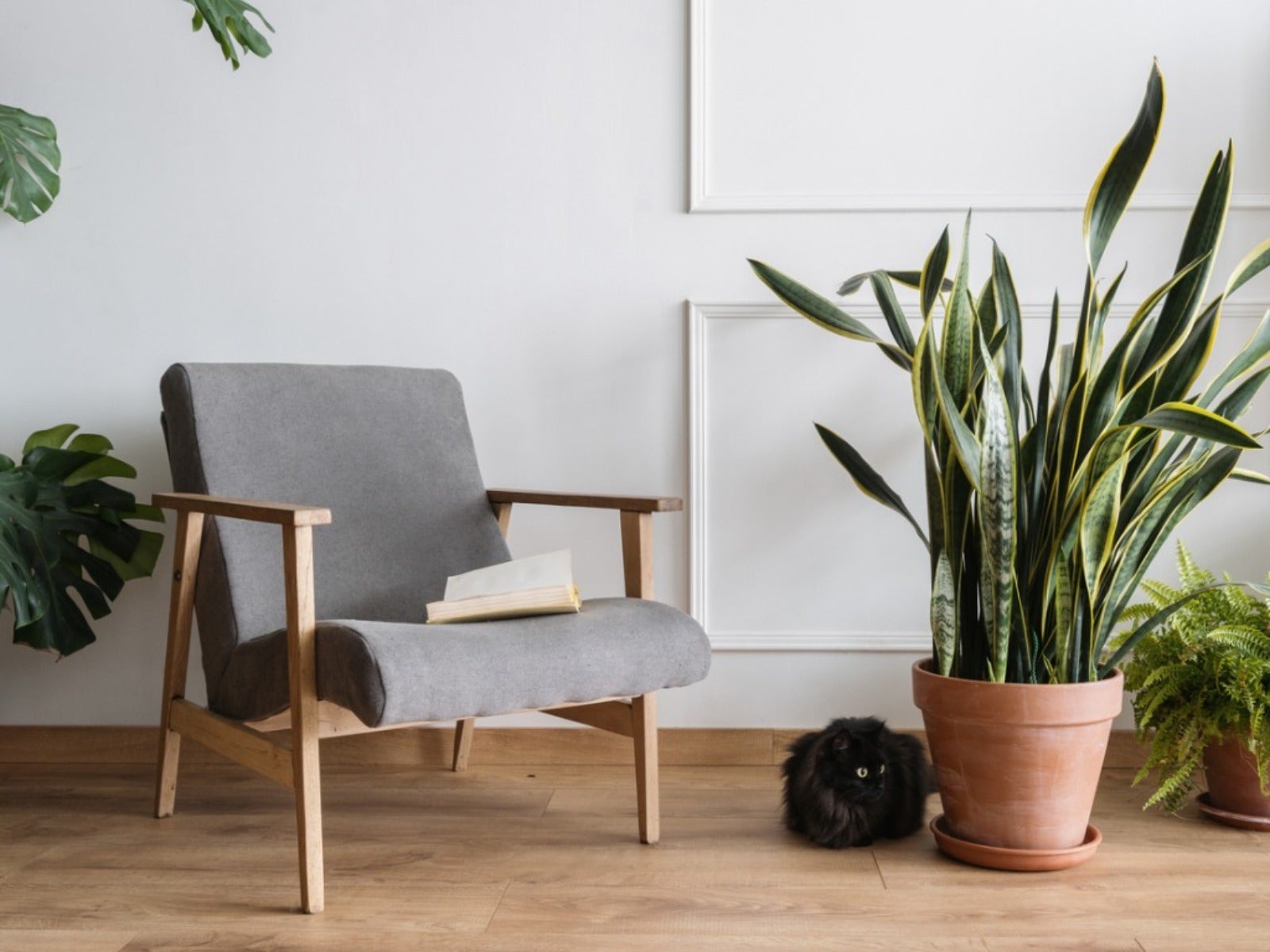 8 Easy Care Houseplants That Live A Long Time
8 Easy Care Houseplants That Live A Long TimeClick here to learn about our 8 favorite low maintenance houseplants that can, with proper care, live a long time.
By Amy Grant
-
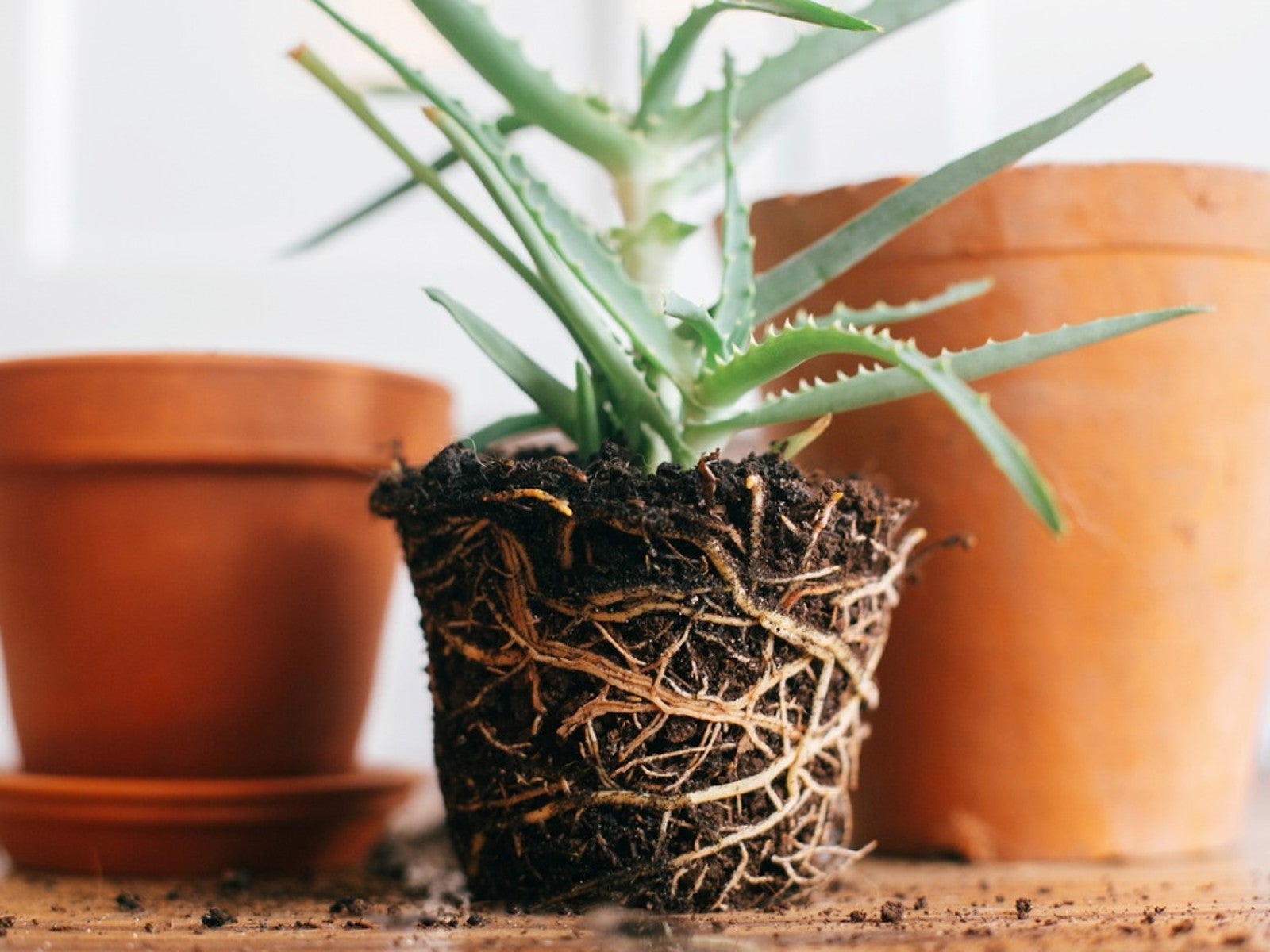 How Often Should You Repot Plants?
How Often Should You Repot Plants?Escaping roots and shrinking leaves may mean your plant wants a new pot, but some like staying cramped and cozy.
By Mary Ellen Ellis
-
 Orange Flowering Houseplant Varieties With Tropical Flair
Orange Flowering Houseplant Varieties With Tropical FlairClick here to learn about some cheerful orange-blooming houseplants you can try growing.
By Mary Ellen Ellis
-
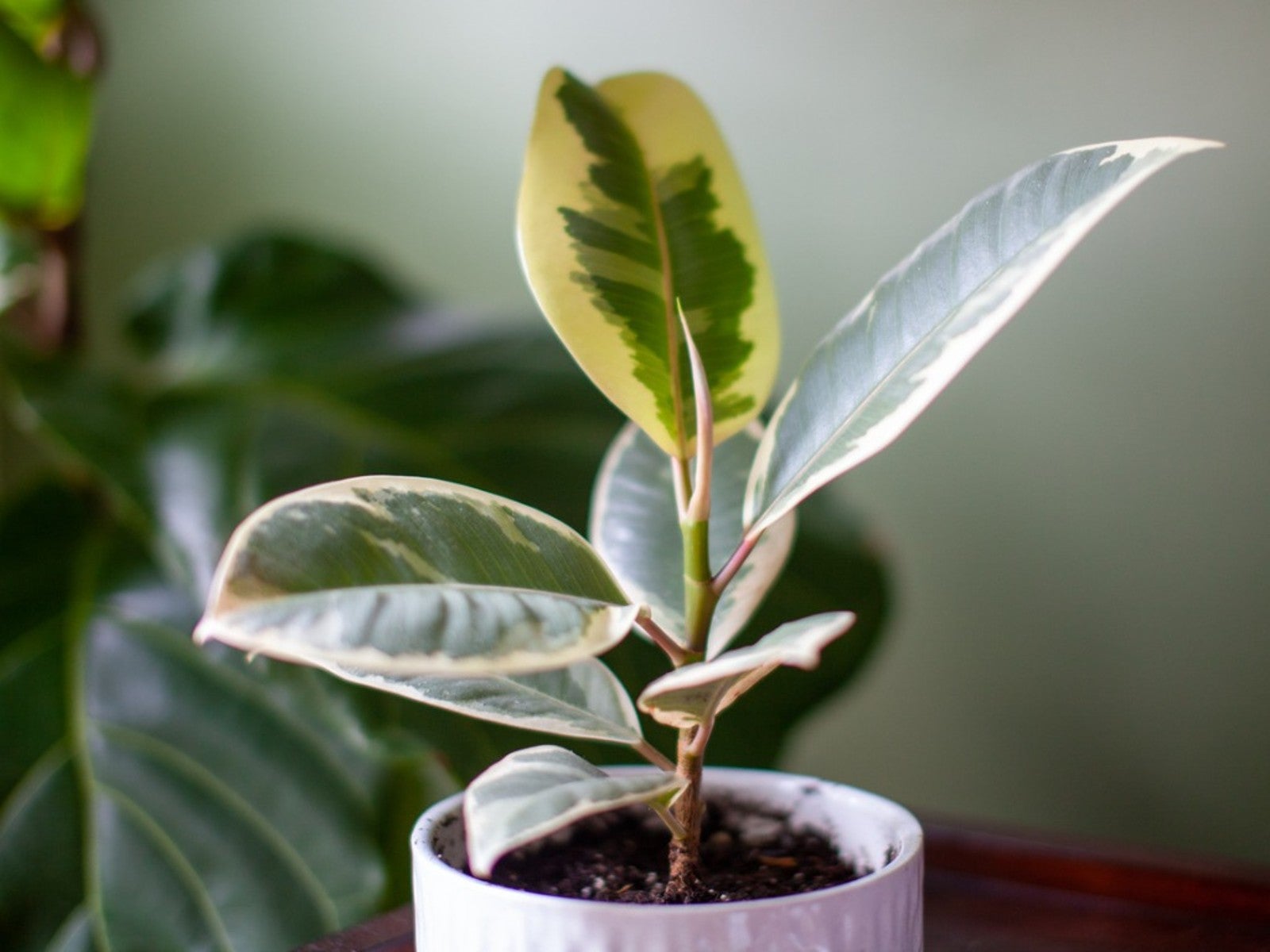 Variegated Houseplants With Lovely Leaves
Variegated Houseplants With Lovely LeavesWhat are some of the best variegated houseplants to add to your collection? Click here to find out.
By Amy Grant
-
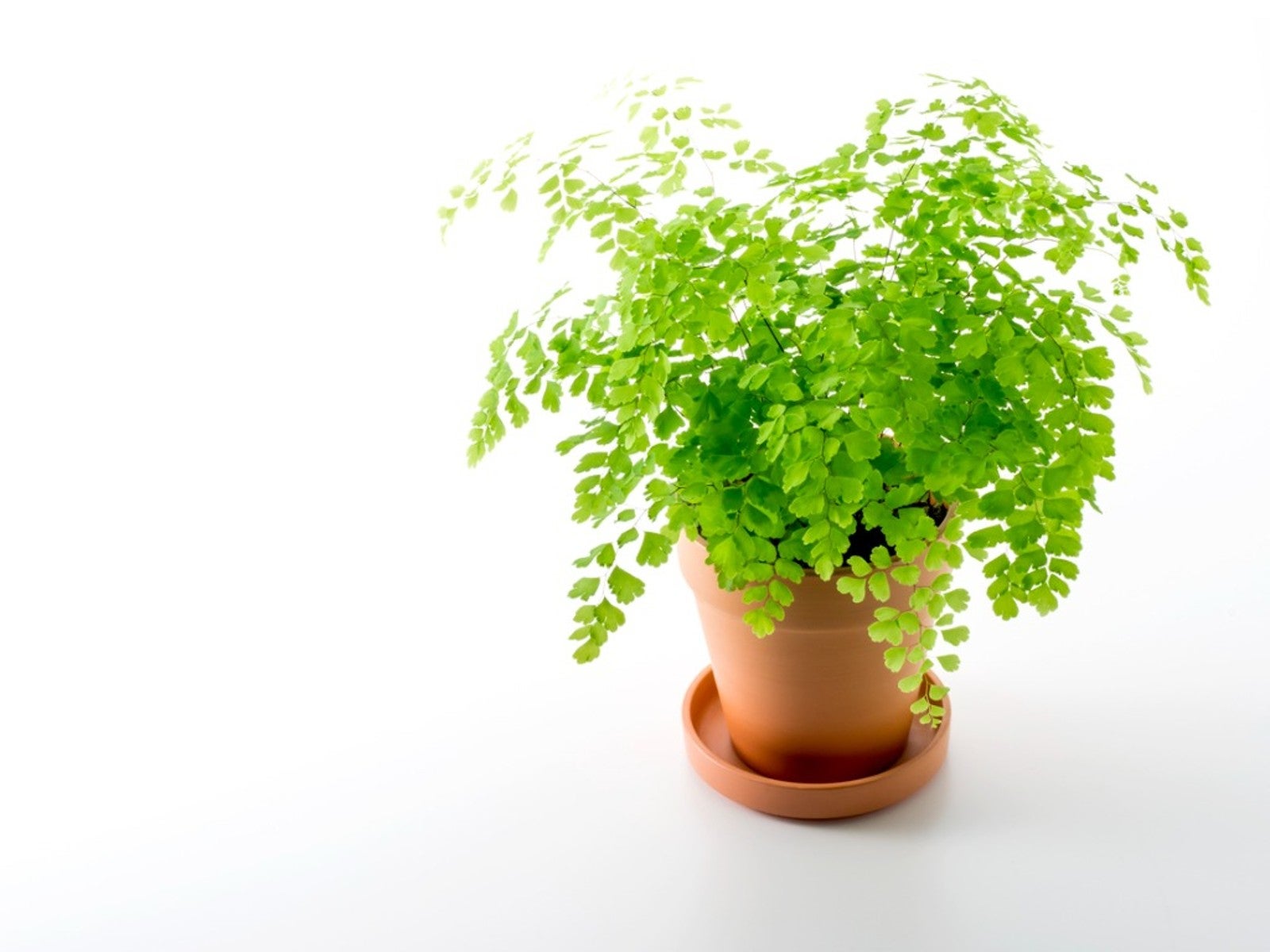 Lovely, Lacy Indoor Foliage Plants
Lovely, Lacy Indoor Foliage PlantsClick here to learn about some houseplants with lacy foliage to add to your collection.
By Mary Ellen Ellis
-
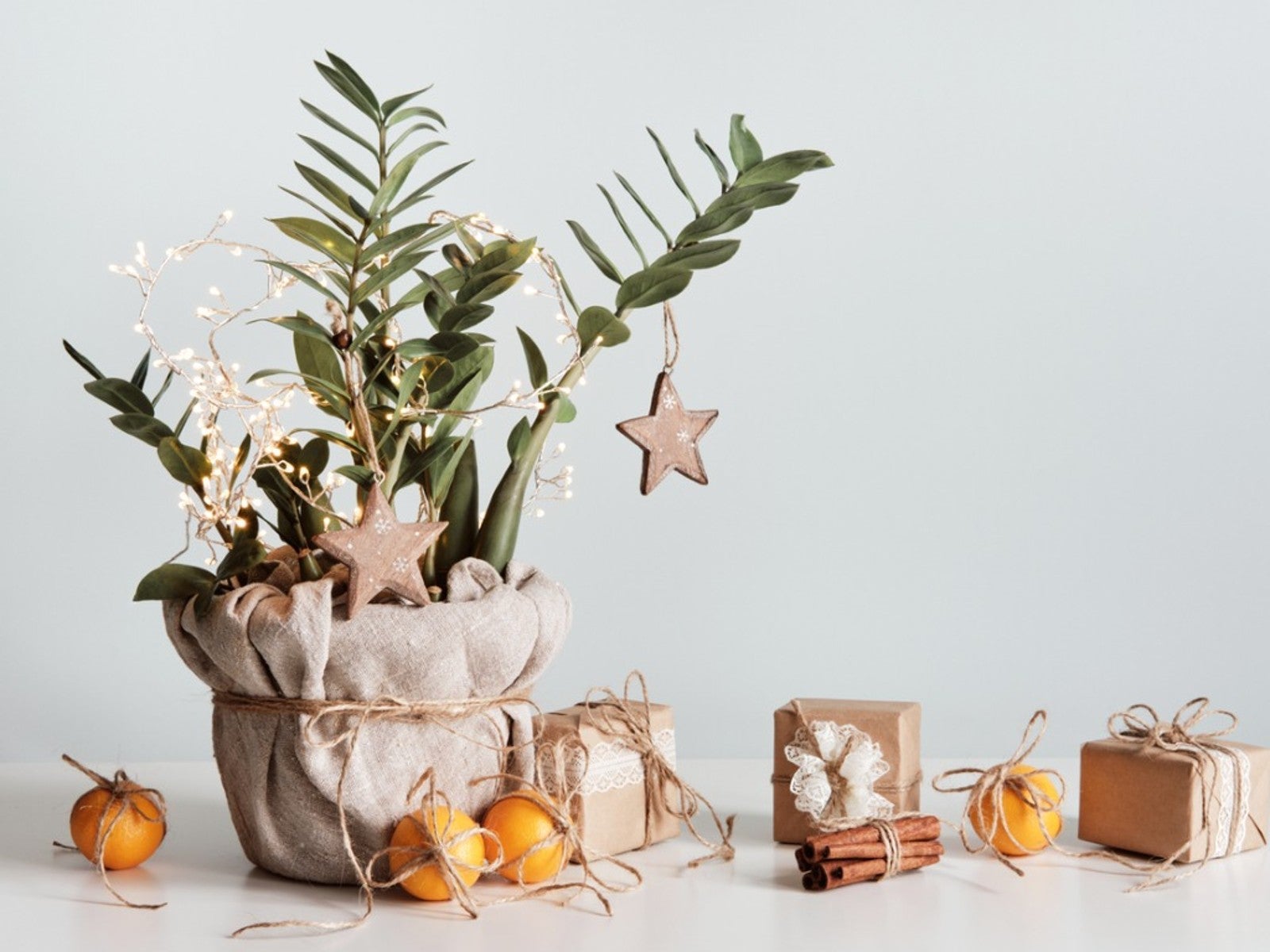 Best Christmas Houseplants And Plants For Winter Holidays
Best Christmas Houseplants And Plants For Winter HolidaysClick here for an idea of the best houseplants to use for holiday décor for Christmas, Hanukkah, Kwanzaa, and New Year’s.
By Laura Miller
-
 Best Big Houseplants To Create An Indoor Oasis
Best Big Houseplants To Create An Indoor OasisIf you have the space you may want to grow some large houseplants. Here are some ideas.
By Mary Ellen Ellis
-
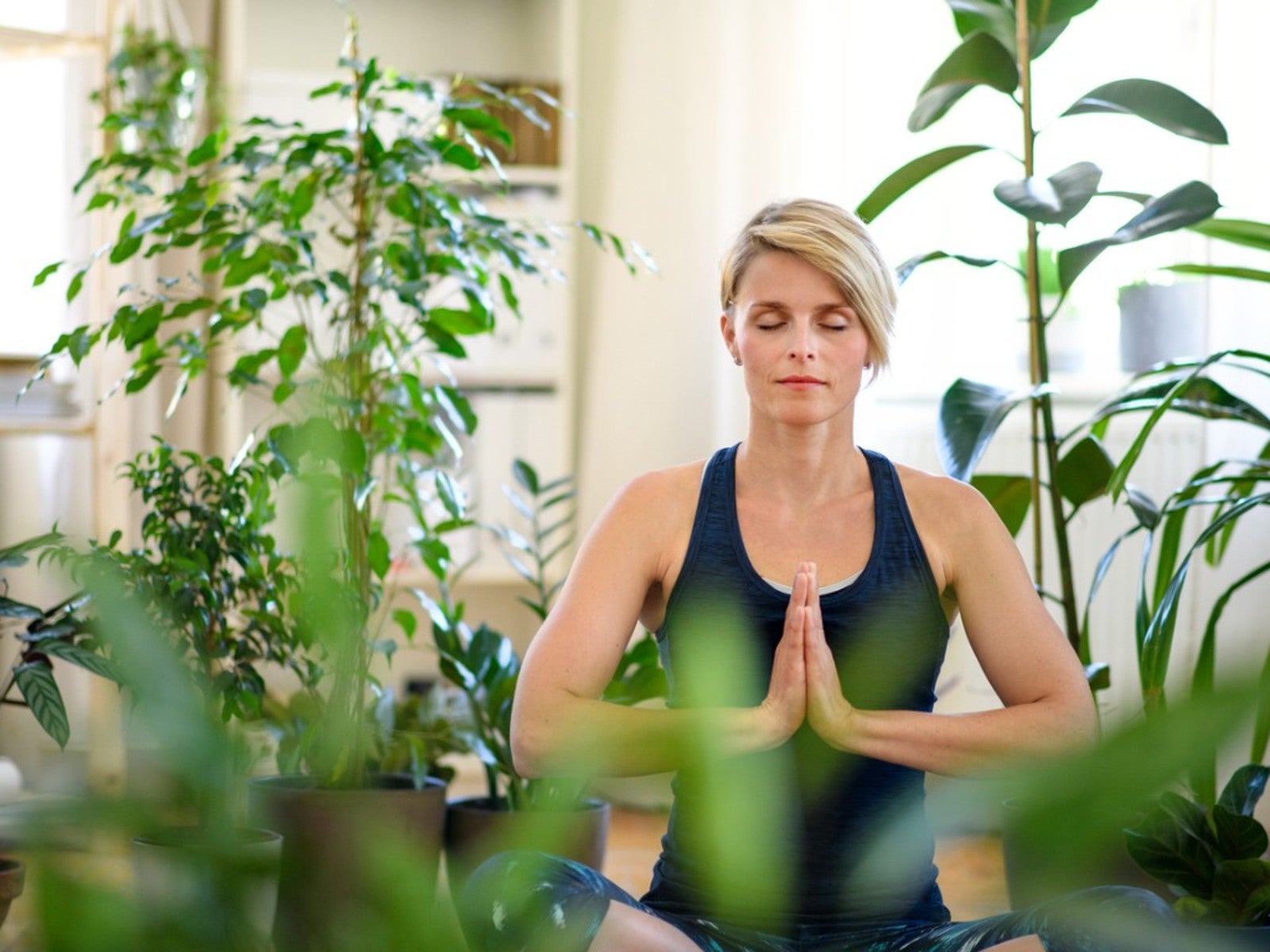 Relaxing Plants To Grow Indoors For A Calmer Mind
Relaxing Plants To Grow Indoors For A Calmer MindAre there houseplants that can help you to relax? Click here to find out.
By Laura Miller